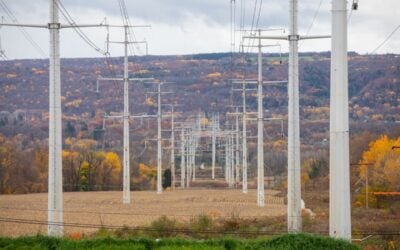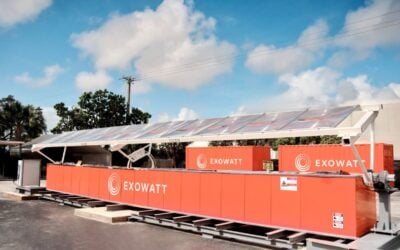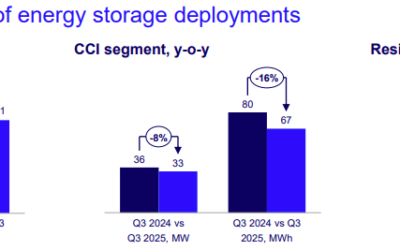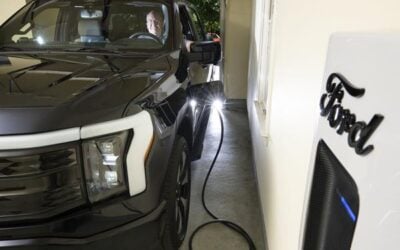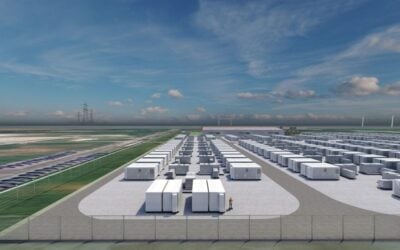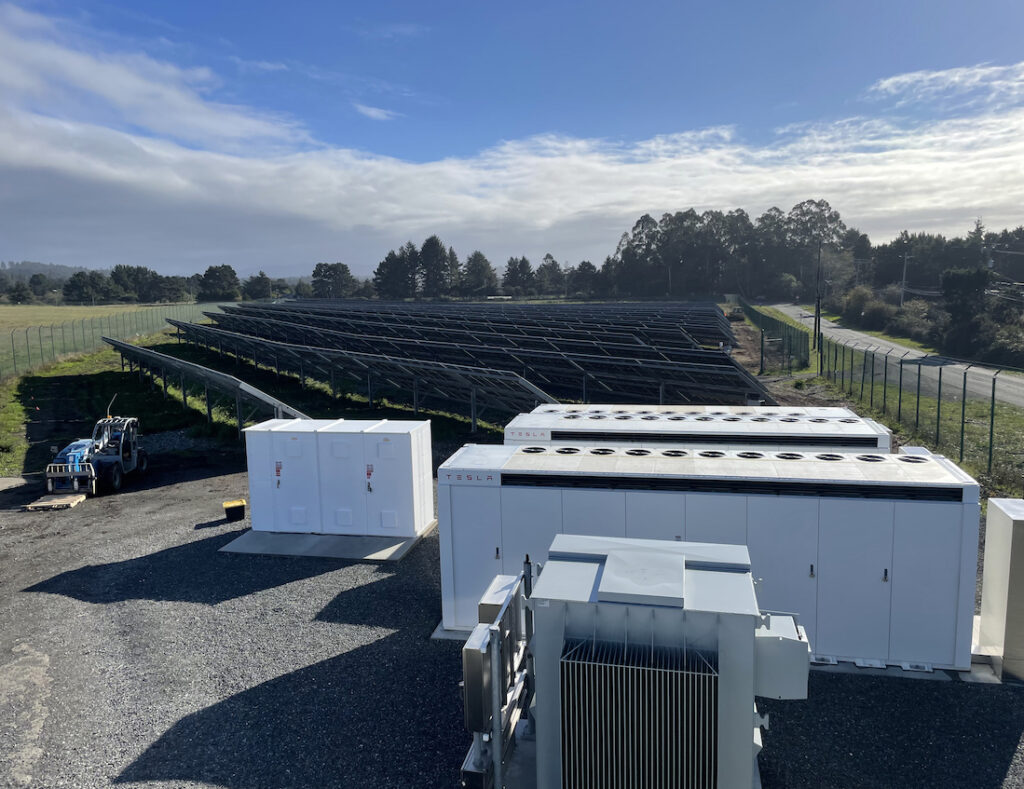
Utility-scale battery energy storage system (BESS) installations in the US grew 196% to 2.6GW in 2021 but overall clean power installations fell 3%, according to the latest annual figures from the trade body American Clean Power Association (ACP).
Measured in energy, utility-scale BESS capacity quadrupled to 10.8 GWh over the course of the year. It now accounts for 2% of the country’s total clean power capacity of 200GW, about double 2020’s proportion.
Over 1GW of large-scale BESS was brought online in that last quarter alone, the first time that landmark has been reached in a single three-month period according to the ACP.
Note that Wood & Mackenzie Power & Renewables said that a gigawatt of deployements were achieved in Q3, as reported by Energy-storage.news, but Wood Mackenzie’s market research spans all scales from front-of-the-meter utility-scale storage to residential, commercial & industrial (C&I) and community storage while ACP focuses on utility-scale segments of the clean energy market.
Try Premium for just $1
- Full premium access for the first month at only $1
- Converts to an annual rate after 30 days unless cancelled
- Cancel anytime during the trial period
Premium Benefits
- Expert industry analysis and interviews
- Digital access to PV Tech Power journal
- Exclusive event discounts
Or get the full Premium subscription right away
Or continue reading this article for free
Overall, ACP data shows the year and particularly fourth quarter may be seen as disappointing for the clean power sector’s progress with BESS outperforming the other technologies by some distance. Annual clean power installations fell 3% to 27.7GW and Q4 was down 34%, to 10.5GW.
Some 11.4GW of capacity expected to come online in 2021 had completion dates pushed back beyond the year. The main cause of this was wind, for which installations fell 25% while solar increased 19%.
“Supply chain constraints continue to impede project timelines, rising costs pressure project economics, and long, slow interconnection queues slow progress. For solar, a so far elusive resolution to the Withhold Release Order (WRO) threatens to further delay projects or even lead to their cancellation,” the ACP commented.
In reference to the poor Q4, it added: “Several projects simply pushed timelines and are expected online in early 2022. Others continue to battle supply chain constraints, trade barriers, rising costs, and other challenges”.
The ACP notes 187 projects in the 12.5GW pipeline for battery storage – of which 48 are stand-alone with 139 hybrid (paired with a renewable power source).
It says the capacity weighted average duration for installations reached 3 hours in 2021, trending consistently upwards since 2016 when it was around 1.5 hours. (Duration varied wildly from 2008 to 2015, a period which saw far fewer projects).
Hybrid resources led by solar-plus-storage, states led by California
Total operating hybrid capacity (defined as a combination of at least two types of clean power together) more than doubled last year to 8.7GW. Of this, 96% is storage paired with a renewable power source – solar-plus-storage the largest at 68% – with only the 4% that is solar-plus-wind not involving storage.
Hybrid capacity growth of 132% last year is impressive considering it only grew by an average CAGR of 26% from 2009-2020 and a CAGR of just 11% in 2019 and 2020.
The leading states for clean power capacity are Texas with 45.1GW, California with 22.9GW followed by Iowa with 12.3GW. Texas and California also rank number one and two for clean power capacity pipeline with 11.5GW and 3.4GW respectively, while Wyoming is third with 3GW.
The proportion of Texas’ pipeline which is BESS mirrors the national figure of c10%, while for California storage it is a massive 35-40% of its pipeline. Its 5.1GW storage pipeline is much higher than the next-nearest, Nevada with 1.6GW, followed by Arizona and Hawaii with 1.2GW and 0.6GW respectively.
Of today’s 200GW capacity, land-based wind is the bulk at 67% while solar is 30%. BESS’ proportion of 2% is likely to double again over time as it makes up 9% of the 7GW pipeline that started construction in Q4 and 10% of the total 120GW pipeline.

